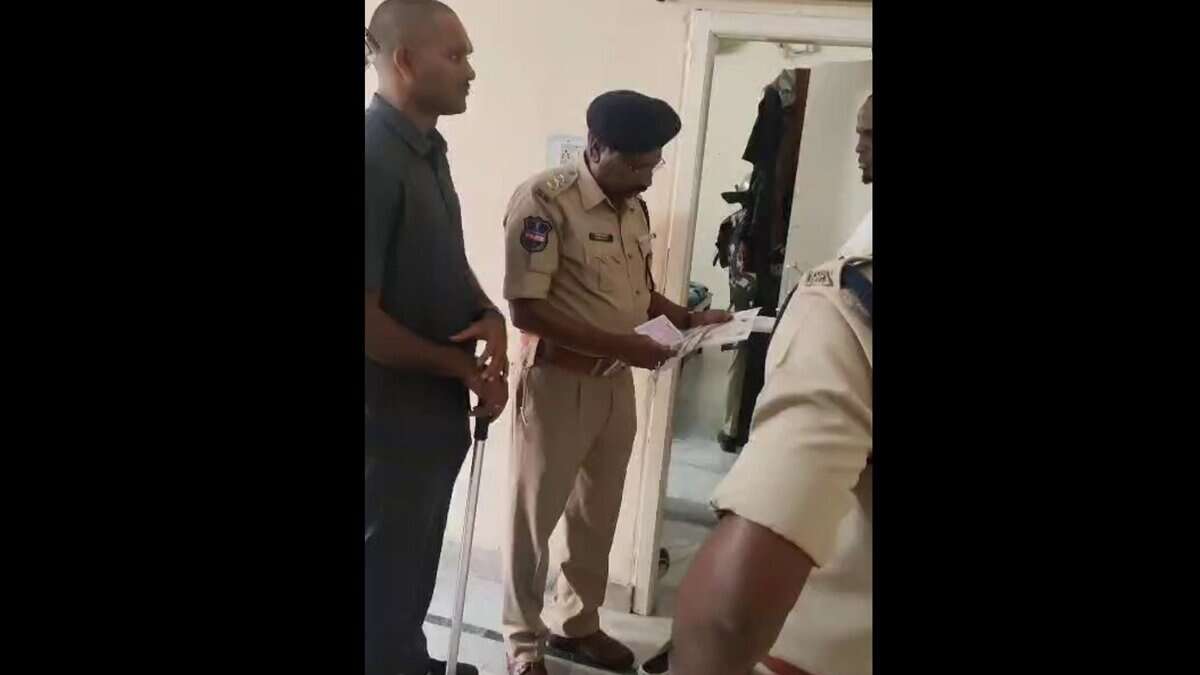The Challenges of Multi-Terminal Operations: Real-World Solutions for Better Coordination |
In the dynamic world of trucking and logistics, precision, efficiency, and seamless coordination are the pillars of success. As businesses expand into multiple terminals, the challenges multiply, from geographic distribution to resource optimization and maintaining consistent communication. Yet, with a strategic approach and the right technological tools, these challenges can be transformed into opportunities.
Bhavya Vashisht, an accomplished Operations Manager in the logistics industry, has proven to be an expert in navigating these complexities. What began as a modest operation with a fleet of just 20 trucks out of Olive Branch, Mississippi, has grown into a robust operation managing a fleet of over 145 trucks and growing for U.S operations. With a constant focus on expansion and growth, the company now operates across multiple states, including West Virginia, Indianapolis, and California, and has also started establishing fixed lane operations in Montana. If these lanes grow, a terminal might be needed in the region as well, making expansion plans a key priority.
With now having multiple terminals across the U.S. and the headquarters in Canada, Bhavya manages complex logistics while ensuring seamless coordination with the Canadian headquarters, all while focusing on continuous growth. This rapid expansion has brought along a series of logistical and managerial challenges, each of which Bhavya has been instrumental in addressing.
One of the earliest and most significant challenges Bhavya faced was managing geographically dispersed terminals. Managing this vast network requires understanding regional variations in customer demand, road conditions, and regulatory differences. The differing time zones added another layer of complexity, requiring quick decision-making and flexible planning. Bhavya quickly recognized the importance of centralized coordination to maintain consistency, while still allowing for regional flexibility to adapt to local market needs.
Resource allocation proved to be an even bigger problem. Expanding a fleet requires planning at the finest level possible to ensure optimum utilization at all terminals. Truck and driver positionings must also be strategic and based on current demand, lest the fleet remain underutilized or experience potential bottlenecks in logistics. Bhavya’s team explored the use of advanced fleet management software, implementing tools that utilize real-time tracking, predictive maintenance, and optimization of routes. It has ensured efficient resource use and, more importantly, minimized downtime to contribute directly to operational success.
Perhaps the greatest challenge in multi-terminal operations is the maintenance of consistency in communication. Communication gaps between terminals often result in inefficiencies and misunderstandings, from delivery schedules to driver safety. Bhavya quickly realized that a unified communication platform would be needed to bridge those gaps. The team now has regular virtual meetings, real-time updates, and shared dashboards that ensure everyone; drivers, dispatchers, and terminal managers; is on the same page with the company’s objectives.
Technology integration has also been pivotal for Bhavya in dealing with multi-terminal issues. With growth in operations, standard systems in all terminals was the way to go. Bhavya took the lead to implement a series of high technologies such as AI-driven maintenance tools and intelligent dispatching systems that enhance efficiency but reduce errors, making it scale up to handle further growth.
The more the fleet expanded, the greater the driver management and training issue. Bhavya knew that keeping the good drivers was what would keep his business going. By building a positive work culture, ensuring that the training process was standardized, and appreciating the efforts of his drivers, Bhavya has built a motivated team working towards the growth objectives of the company.
Profitability and sustainability are the two important aspects of any business expansion. Growth brings revenue, but it also increases the cost of operations. Bhavya and his team balance these realities by focusing on fuel-efficient routing, regular maintenance, and sustainability initiatives. These efforts reduce costs but also align with broader environmental goals, ensuring that growth does not come at the expense of responsibility.
Embracing technology, fostering a culture of continuous learning, and ensuring strong leadership have enabled Bhavya and his team to approach the challenges of multi-terminal operations with confidence. As they expand further, they continue to be committed to creating a network that thrives on collaboration, efficiency, and innovation. The challenges of multi-terminal operations are real, but they can be transformed into opportunities for long-term success in the rapidly evolving logistics industry with the right strategies in place.

















































